CHICAGO BLUES
From Dead-Squirrel Chicken to Third Wave Coffee in the land where ketchup is a vegetable
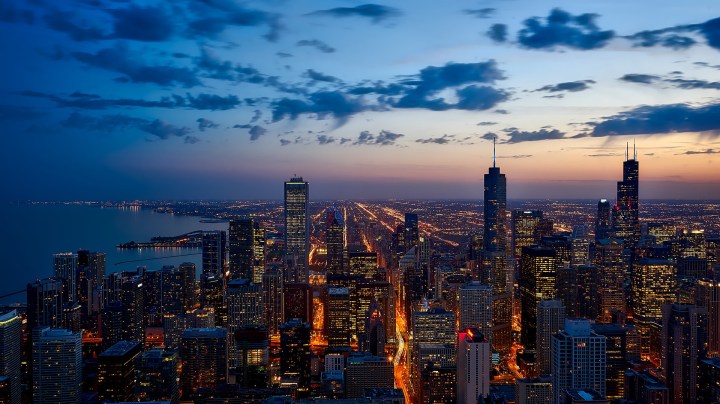
The first few years of living in Big, Bad Chicago were scary. Everything was strange, from the way people spoke, to the way people ate. And what they ate. That was the really scary part.
I’ve been in Chicago for almost 30 years. Twenty-nine, to be exact. (By the time I finish writing this, it’ll probably be 30.) Longer than I’ve ever lived in any South African city. A long time for an Afrikaans boy from Pretoria to be living far away in the cold Northern Hemisphere.
The first few years were scary. Everything was strange, from the way people spoke, to the way people ate. And also what they ate. That was the really scary part. But I’ve come a long way since then, and so have American eating habits. I hope not too many Americans read Daily Maverick’s food pages because I’m about to make a few offensive statements and I would hate to have my citizenship revoked because I think American “home cooking” sucks.
First of all, every bad thing you’ve heard about food in America is true. In the early Nineties, unless you lived in New York or San Francisco, you were seriously out of luck food-wise. Our fast-food guzzling president didn’t just fall out of nowhere. To this day, wander through Paris or Rome and you will spot American tourists desperately searching for the nearest McDonald’s.
I’ve even had people say to me that the first thing they did after getting back to America from a trip abroad was to grab a Mac burger at the airport to satisfy their craving for something American and real. Not fancy foreign stuff. Real food? Really. I mean, Reagan allowed school cafeterias to classify ketchup as a vegetable. To be fair, things have changed, but more about that later. So, back to my early, confused days in Chicago. Or years. It took me about five years to acclimatise, and I’m still not quite there yet. And still confused.
For instance, in those early days I thought all my new friends had terrible table manners. Knife in right hand, fork in left. So far, so good. Cut a few bite-size portions of food. Put knife down. Transfer fork to right hand. Try to scoop food up with fork. Chase food around the plate. Only to realise that all Americans ate like that. Turned out that those were accepted American dining etiquette rules. I mean, how inefficient can you get? I can eat half a chicken while people perform that song and dance routine with their eating utensils, attempting to scoop up little morsels while trying to keep a conversation going at the same time.
Dark days, those early days. It took me many years to figure out that “home cooking” wasn’t something people did at home. It is totally taste-free, history-free stuff with a mushy texture, served in “family” restaurants, floating in a gravy made from cream of mushroom soup mix. Or nasty “authentic” Italian-American, gooey with too much cheese and totally over-salted. Or seriously over-sweetened goopy ribs with mashed potatoes from a packet. Just add water.
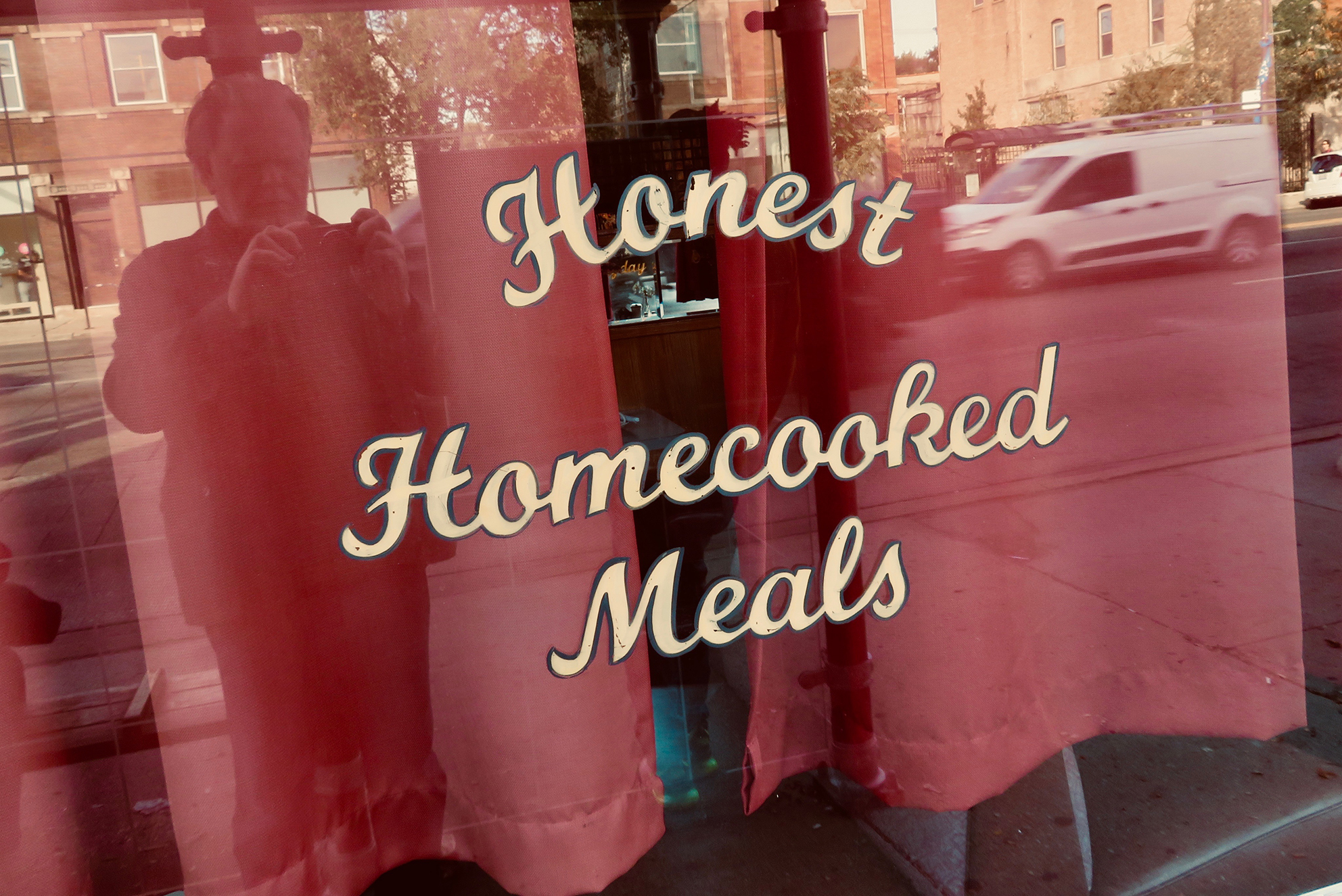
A portrait of the artist as a selfie silhouette. Chris Pretorius seeks out a store front to illustrate his point.
God, how I missed being able to meet Braam Kruger or someone for lunch in one of those Portuguese places in Troyeville and having great, real, unpretentious food for next to nothing. Here, when you see a restaurant advertising “authentic” home cooking, you run the other way. “Authentic” being the tip-off that things can actually get worse.
Home-style breakfast is usually three eggs, rock-hard bacon and a pile of three pancakes (flapjacks), with fake maple syrup poured over everything. Sometimes even a muffin thrown in. For two dollars and ninety-nine cents. For four bucks some places have all-you-can-eat breakfasts. Imagine the quality of the ingredients or what they pay the dairy or pork producers if they can still turn a profit for that price. Actually they don’t. The agricultural industry here is hugely government-subsidised. Not to mention what the workers get paid. Totally gross.
And the relentless bottomless coffee. The servers just keep coming by and refilling your cup with horrible black liquid muck, usually when you’re not paying attention. Once tried to block a sneaky pour and got hot coffee all over my hand and the table. I don’t take milk or sugar so there was no way to dampen or kill the foul taste. Screwed. I’m sure they force the stuff on you just to get rid of it.
The first time I had a decent cup of coffee over here was when Starbucks first opened in Chicago in the late Nineties. For the first few years they actually made good coffee. Then things changed. Starbucks became extremely popular, turned into a corporate monster, wiped out all the independent coffee shops and then started serving bland, soulless coffee. In the early days they would serve different varieties as their coffee of the day. Probably had to dumb things down to make more profit.
Recently though, independent coffee shops have made a huge comeback. And like all things American, coffee has gone from one extreme to another.

Perfect cup of medium roast coffee in my kitchen.
There are at least five within walking distance of my house roasting their own hand-picked, fair-traded beans. And all of them hell-bent on not just selling you a cup of coffee but taking you on a journey. Third Wave coffee. With every sip you ponder every step of the coffee chain. Happy in the knowledge that you’re drinking small-batch, single-origin beans. I was recently chided by a barista when I asked if they had any medium-roast beans and given a lecture about the evils of dark roasts. Here in America everything eventually flips into religion. The old Puritan streak runs deep. Can’t just sit down and enjoy something, no strings attached. Then next year they’re on to something else, another trend. But this being Chicago, I eventually did find the perfect medium roast, aka Vienna Roast.
Hard on my system, those early days. Either burger joints or home-cooking joints. Then there were the “fine dining” restaurants which I couldn’t afford to dine in anyway. Still a confusing term to me. At least one would expect the food to be fine if you’re paying a lot of money for it. Fine dining basically means very expensive. Home-cooking, fine dining, comfort food. Americans love labelling things. And they are nostalgic for something that never really was. When people get nostalgic here for comfort food they usually mean frozen Velveeta mac and cheese with corn flakes sprinkled on top. The way Mom used to take the bag out of the freezer and pop it in the microwave. And then sprinkle corn flakes on top for a bit of crunch. Back in the day. Or meatloaf, again swimming in canned cream of mushroom soup “gravy”. Or tuna casserole, once again with the ubiquitous cream of mushroom soup. Warhol certainly hit the nail on the head with his Campbell’s Soup Cans. It’s all a myth. There never was any good cooking in “home town” America. Just like the whole Thanksgiving thing is a myth (of which more in my next missive). Anyway, in those early day I had the choice of fast food, fine dining or the “home-cooked” slop in between. So I was in serious need of some real comforting food.
I spent my first few years in Chicago sharing a huge loft with a sound artist/noise maker in an arty neighbourhood called Wickerpark, which reminded me a lot of Yeoville in the early Eighties. Back then, calling it edgy would have been kind. Just a few blocks separated us from all kinds of gang mayhem, drive-by shootings (all the rage at the time), cars mysteriously igniting and burning in the early morning hours. Taxi drivers refused to go there from downtown. Bad neighbourhood.

A magnificent Art Deco building from the ‘20s, just a few doors down from my old loft.
Now nobody can afford to rent there. Actually, I’m doing Chicago an injustice. I read recently that The Economist has ranked Chicago the 11th safest city in the world. Right behind Melbourne. Who would have thought. Eat that, everywhere else. Anyway, the loft was a kind of hand-me-down live/work space for art students. Against one wall was a makeshift sink, a loud fridge from the Sixties (my sound artist loft mate actually recorded it for some of his performances) and a stove with only two functioning burners. There was an old note taped in the oven warning not to use it because it tended to explode. So no oven. To me it was heaven. All my years in Cape Town I got by with only a double hot plate. Didn’t stop me from having lots of dinner parties, cooking stuff like leg of lamb, whole chickens, curries, bredies, you name it. I learned to cook on a hot plate. So a decrepit old stove was not something I couldn’t deal with.

Only existing picture of my old stove. Dinner party with Adrian Kohler (second from left) and Basil Jones (far right), of Handspring Puppet fame. Some time in the mid-Nineties.
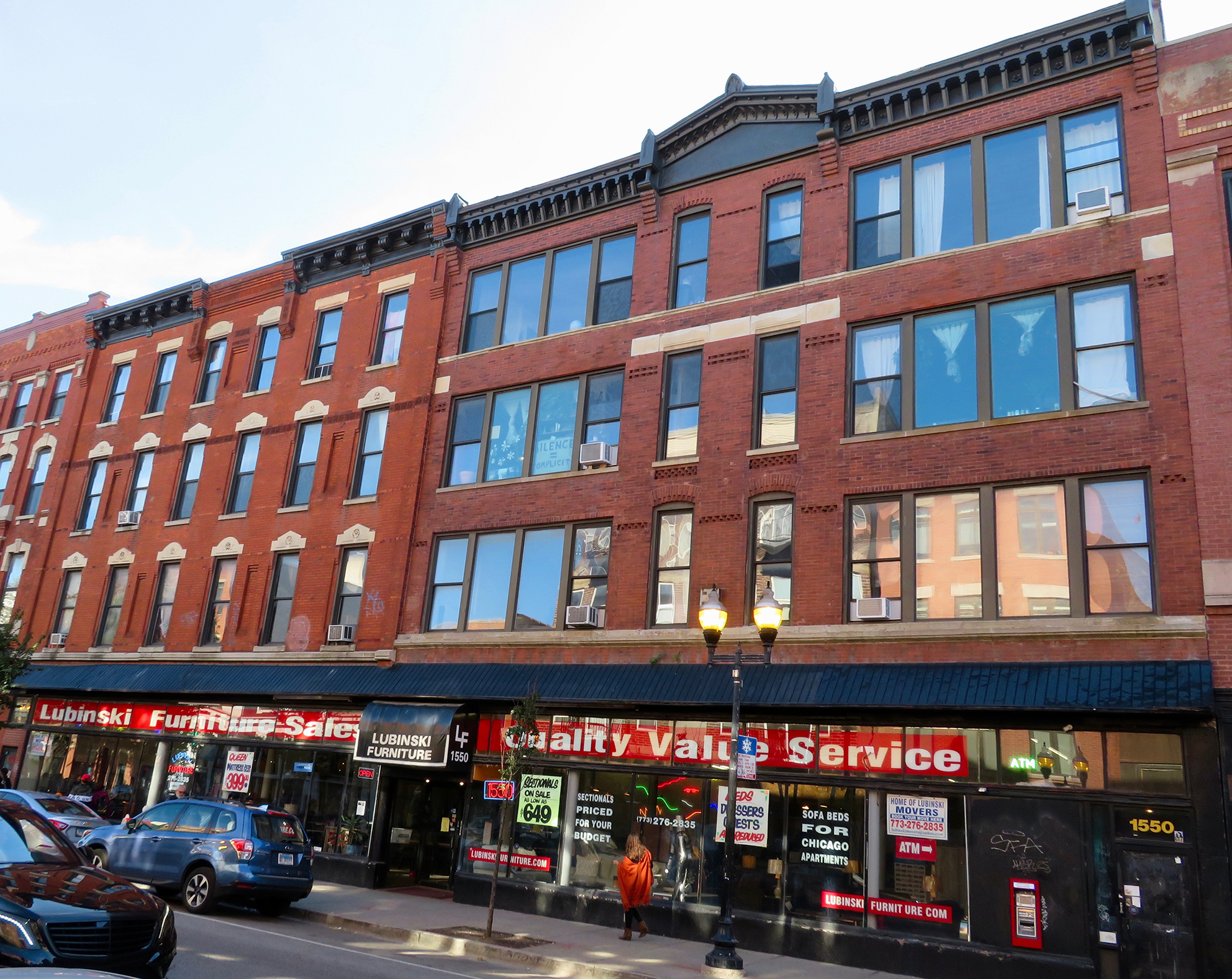
My loft was on the second floor, spanning the width of both these old buildings. It was huge.
I was ready to start cooking. But there was one major problem. Our local supermarket. Just two blocks walk from the loft. Gigantic. A vast space crammed with stuff that scientifically should not have been classified as food. The entire supermarket probably had the nutritional value of a hot dog. With ketchup. The plastic-wrapped meat looked pale. Pumped full of hormones and oozing antibiotics. The chicken looked like dead squirrel. The tomatoes were the size of my head and tasteless. The bread. Okay, well the state of American bread back then deserves a chapter all on its own. Let’s leave it at that.
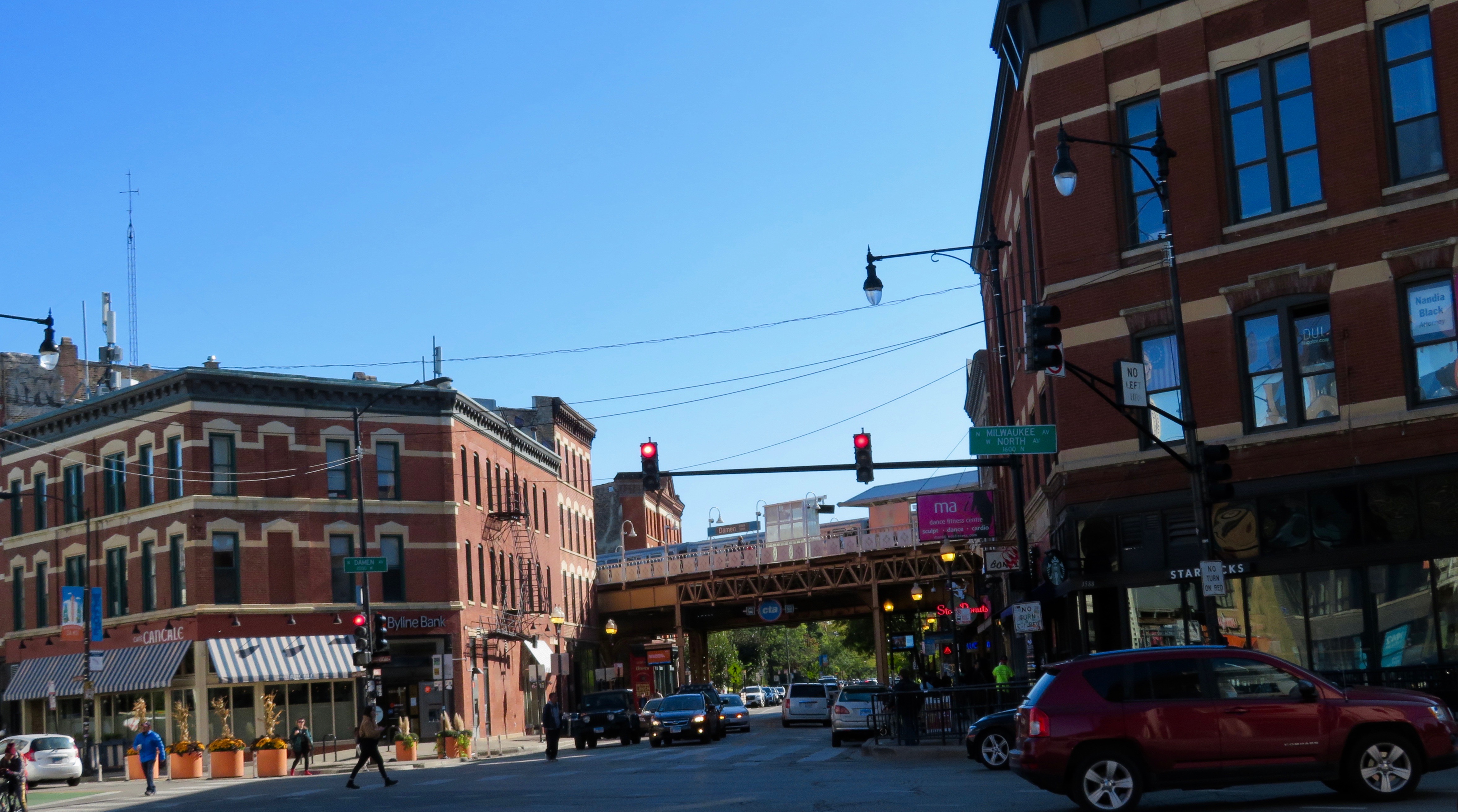
The “L” stop, around the corner from my loft.
My sound performance artist loft mate just looked at me uncomprehendingly when I asked him how anyone could eat that shit. Turns out he didn’t. He didn’t cook. In those early days, nobody I met here cooked. Probably nobody had ever cooked a meal on our decrepit old stove. I started really liking the old piece of two-burner scrap metal. Time to dust it off, fire it up, and make it do what it probably hadn’t done in 30 years. Cook real food. I made the best of our local supermarket for a while. And to tell the truth, it wore me down. After a few months I think I ended up suffering from American supermarket PTSD. So wrapped up was I in my misery that I failed to pay attention to the city around me.
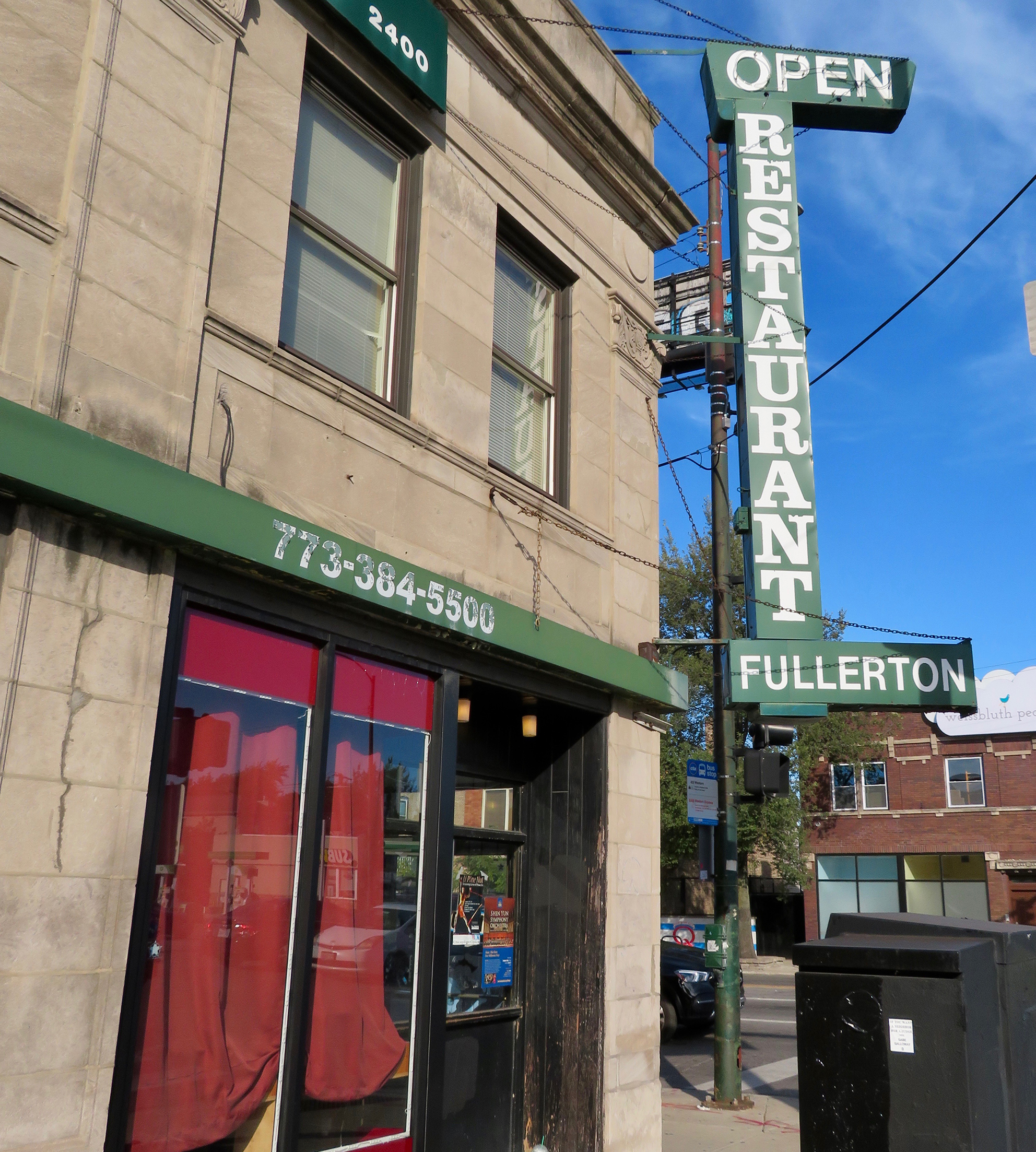
This one’s been around for more than 50 years.
People here often say that Chicago is the quintessential American city. Well, it is and it’s not. For one, Trump got less than 5% of the vote here. (In NY he came in at around 35%) Which is why he hates Chicago so much. Much like Johannesburg, it is a late Nineteenth-century industrial boomtown. Until LA overtook it in the Eighties, the second-largest city in the US. Bertolt Brecht set his play, Saint Joan of the Stockyards, not far from where my old loft was. Early Chicago was settled mostly by Eastern European immigrants. Probably because they were used to putting up with freezing winters. The Irish only recently overtook the Germans as the largest ethnic group. However, after the world wars, many Germans tended to deny their by then unpopular ancestry, so they still might be the largest European ethnic group.
Chicago is also the largest Polish city outside of Warsaw. Huge Ukranian community. Largest Mexican community in the US outside of Houston. One of the largest Indian communities in the US. And all these ethnic groups established themselves in neighbourhoods. So Chicago is a city of very distinct neighbourhoods. More than any other city in the US, which is why it’s also not the quintessential American city. And these neighbourhood communities had their own little butcher shops, greengrocers, bakeries etc. The real thing. Right under my nose. I was surrounded by them.
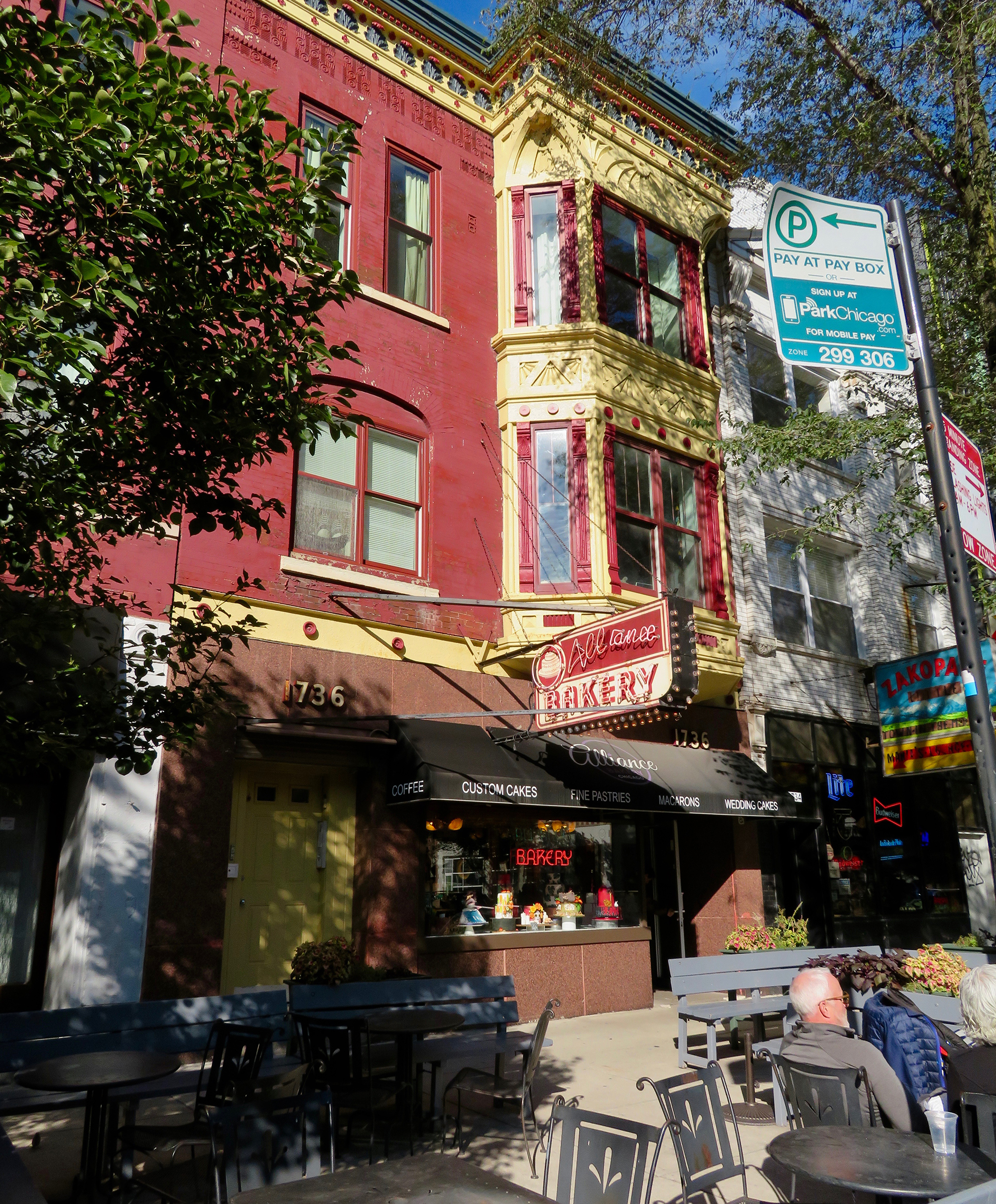
Old Ukrainian bakery. Don’t mention it to Donald.
And to be honest, I haven’t set foot inside a huge Chicago chain supermarket since I figured out the richness and variety on offer in the local neighbourhood shops. Unless I’m out of town and nothing else is available. And there is nothing else available in small-town and rural America. Outside of the big urban centres, the food situation is pretty bleak. No cute little village shops. Just the supermarket chain next to the highway, or fast food. Nothing else. Malnutrition is widespread in rural America.
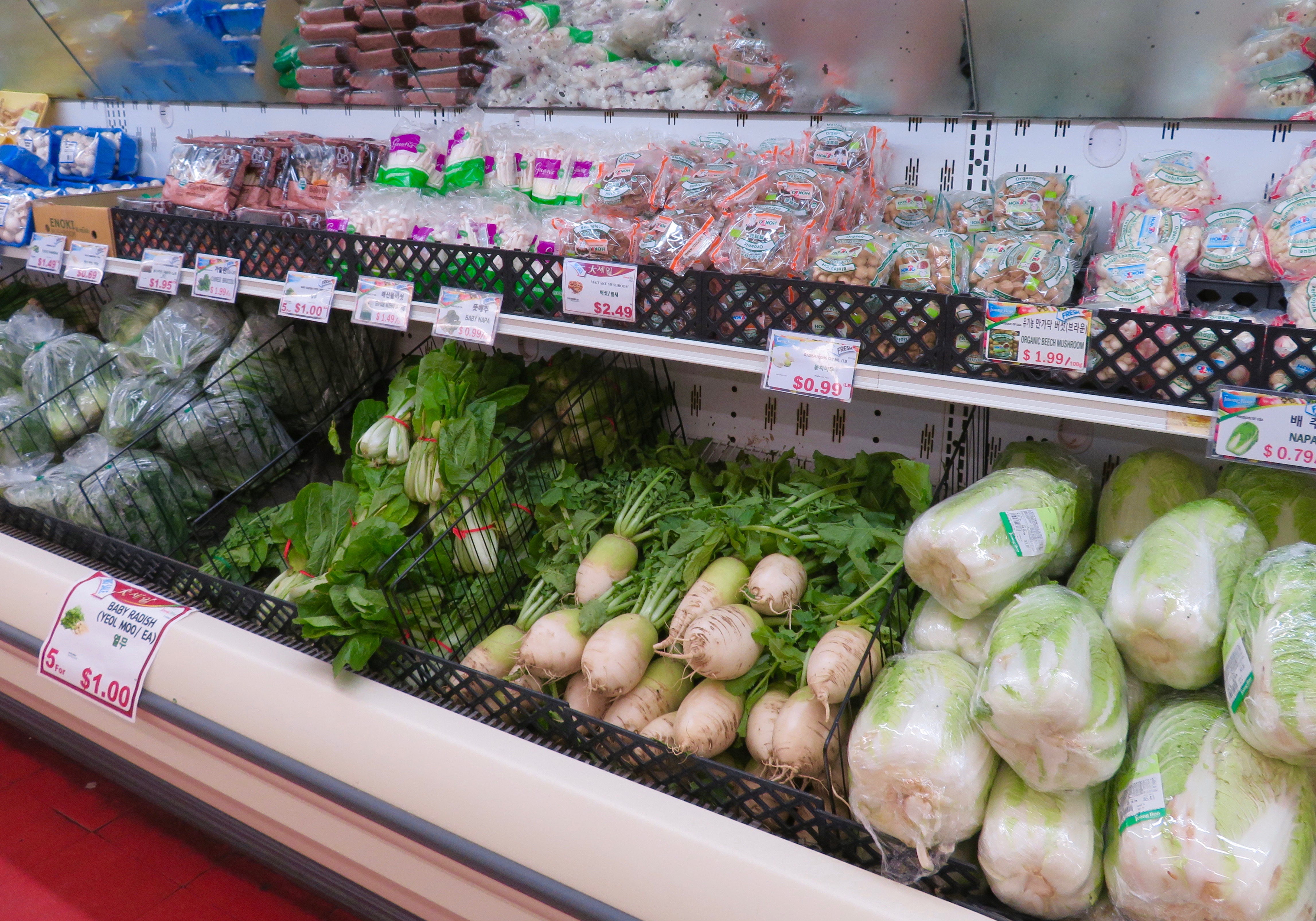
Korean Market.

German butcher. They make all their sausages and cure all their meats on the premises.

Cured meats, German butcher.
Meanwhile, back in the loft, I fired up my old hunk of scrap metal stove and started cooking. We had very few pots and pans and even fever cooking utensils but I wasn’t going to let that that get in my way. Americans think of themselves as very practical and no-nonsense. I think they’re exactly the opposite. How often do I have people saying to me they can’t paint something because they don’t have the right brushes. Wish they could have seen what I or my friends painted with in SA. I just tell them I can paint that with a bloody toothbrush so shut up and paint. Use your initiative. Or they can’t cook something because they don’t have the right utensils, or the right ingredients. SA taught me to make do with what was available and use your wits. Strange how abundance creates a kind of inertia.
So, dinner parties every week. Sometimes huge parties. And I fed everybody. I think it’s the boere tannie in me. I wouldn’t dream of having people over and seeing them go hungry. I cooked huge pots of curry, couscous, legs of lamb. Even turkeys. Huge pots of soup in the deep winter. And I found lots of cheap excellent pots and pans and stuff in secondhand stores to add to the kitchen collection. Amazing what people discard here.
We became kind of famous in the art and theatre community for our parties and the food. In the years since, the old loft and the parties have often come up in conversations about pre-gentrification Wickerpark and then I have the satisfaction of saying, very smugly of course, yeah, I remember that loft. It was actually mine. And let me tell you about the stove. A little bragging never hurt. Specially if you’re lonely and far away from all the action in Pretoria and it makes you feel that you’ve made a mark, no matter how insignificant, in your newly-adopted city. DM





 Become an Insider
Become an Insider